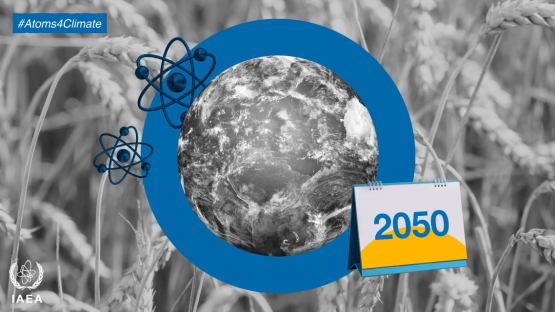With less than 100 days until the COP26 global climate summit, the IAEA is finalizing its preparations for the event. During this conference, to be held from 31 October to 12 November in Glasgow, UK, the IAEA will showcase how nuclear technologies contribute to the reduction of greenhouse gas emissions and also to addressing the consequences of climate change.
Nuclear power contributes to tackling climate change, for example, by providing 10% of the world’s electricity, which is close to a third of global low carbon electricity. Nuclear techniques also help cope with the consequences of climate change, and analytical tools using isotopic techniques improve our understanding of this phenomenon, driving policy change.
COP26, which stands for the 26th meeting of the Conference of the Parties to the United Nations Framework Convention on Climate Change (UNFCCC), is preceded by the Pre-COP, a more informal meeting on a ministerial level to discuss and exchange views and offer political guidance for subsequent negotiations. In 2015, at COP’s 21st meeting, 196 UNFCCC parties adopted the Paris Agreement, which aims to limit global warming well below 2 degrees Celsius, and preferable to 1.5 degrees Celsius, compared to pre-industrial levels. To achieve these goals, countries need to reach their peak greenhouse gas emissions as soon as possible and become climate-neutral by reaching zero net greenhouse gas emissions by mid-century.







